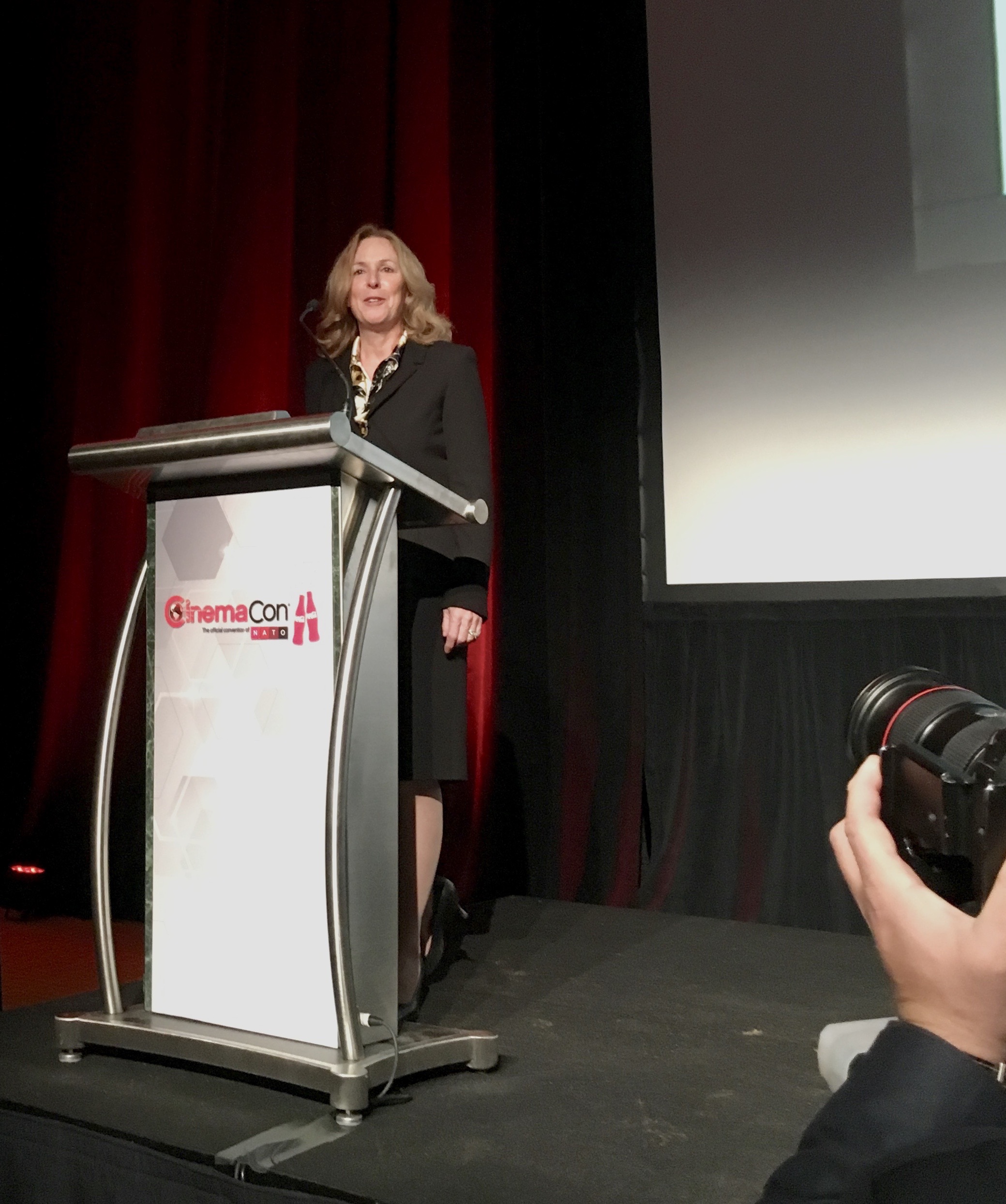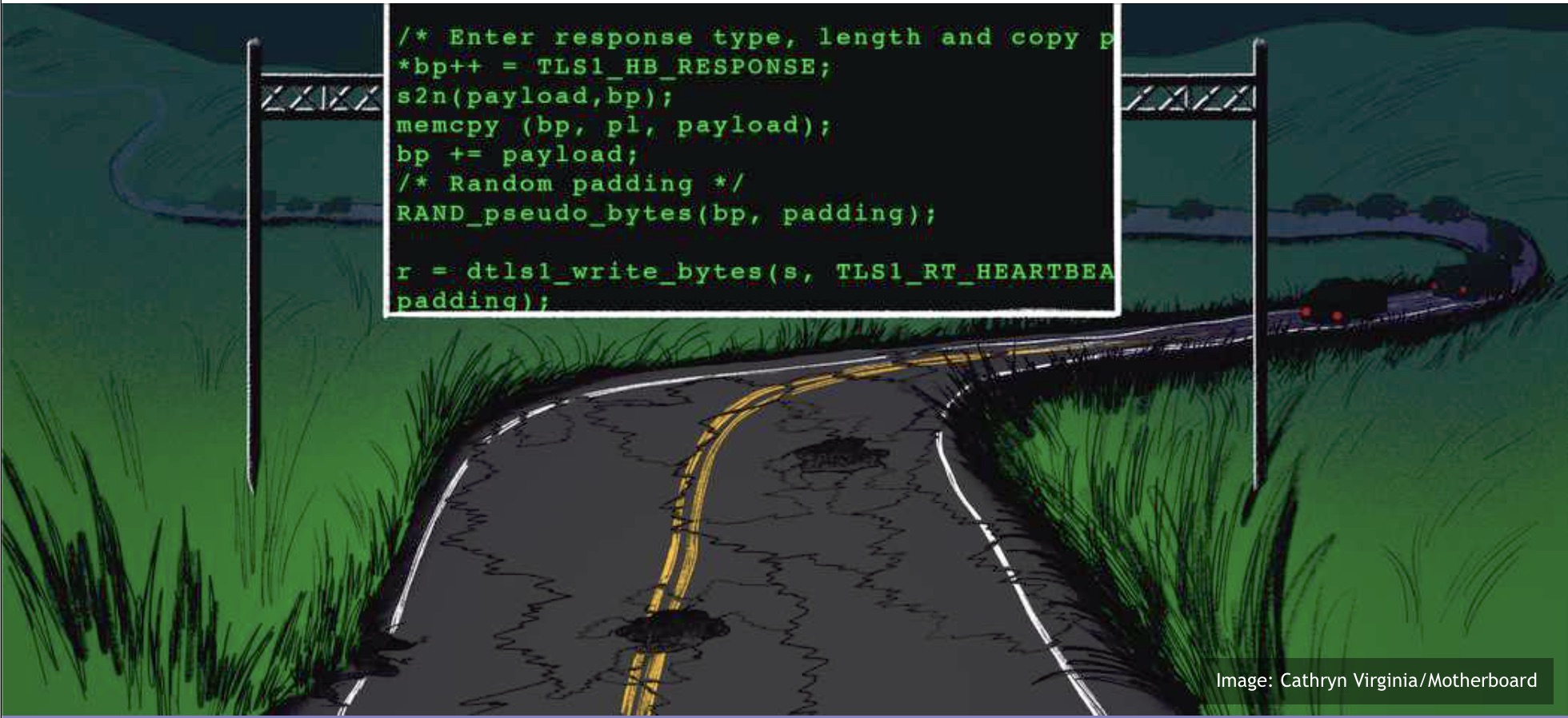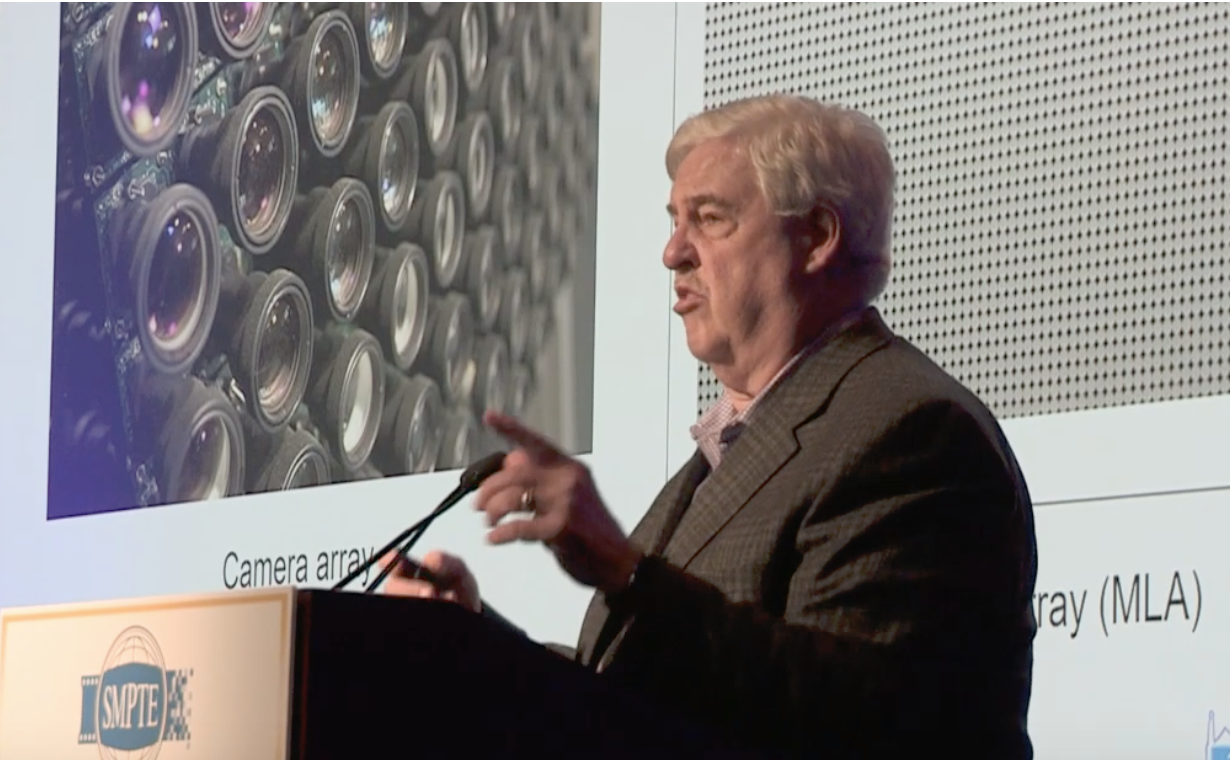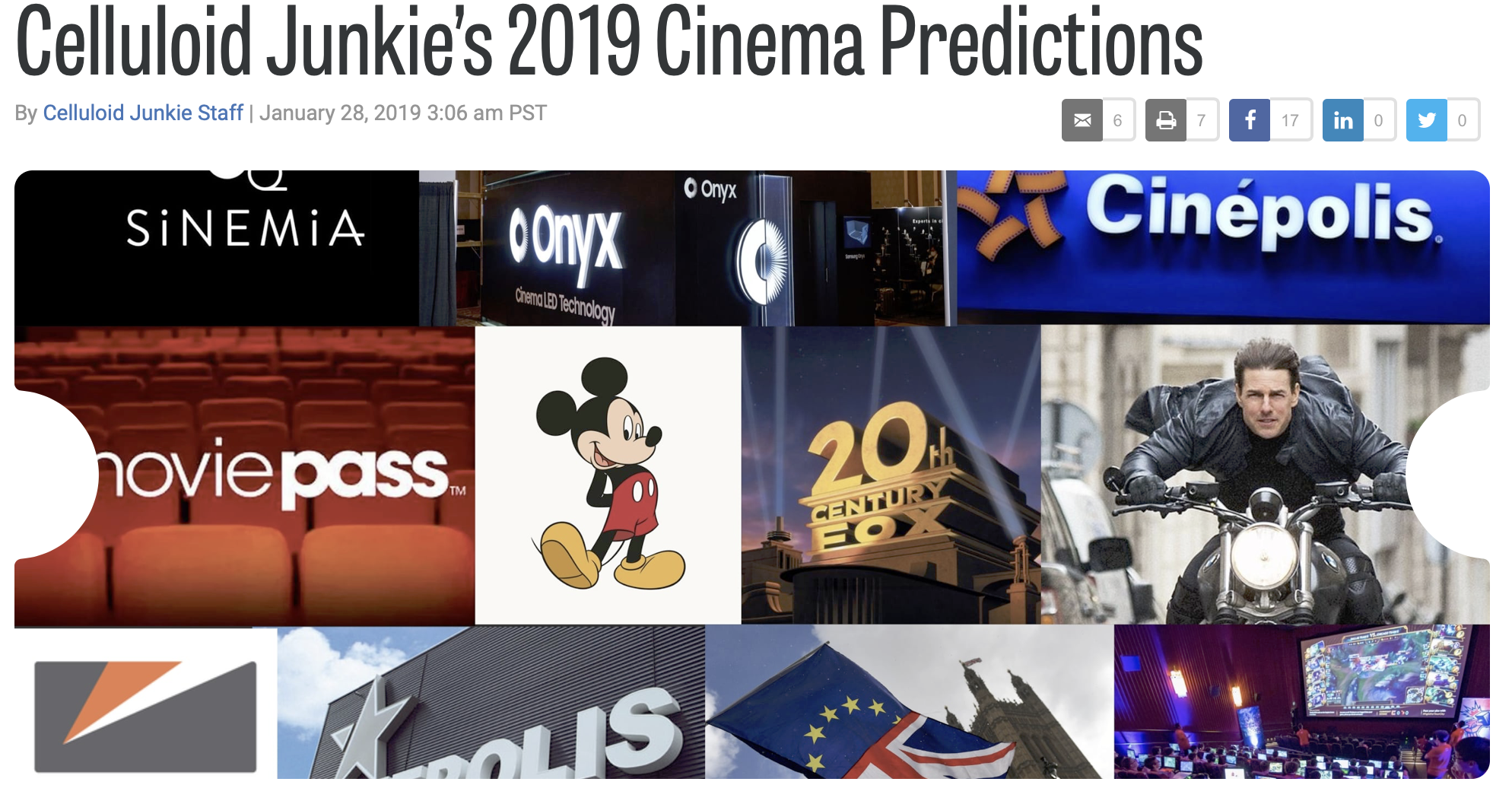The New York Times Review of Books today highlights “When Women Take the Baton“, an article about the challenges in one segment of entertainment that we don’t often hear about – and repeatedly the stated goal is not to be known as an excellent or expert female conductor, but rather to be an expert.
In the star-studded side of the cinema world we have learned this year about people who are objecting to disproportionate salaries and unwanted hurdles of all kinds.
Anecdotally, on the tech side of the exhibition side of the business, the digital transition has reduced the number of projectionists and along with that a significant number of female experts who were in that group. Not a majority by any means, but all over the world it was not odd to install for and train at least one woman per facility. Of course, now, it is one projectionist per several facilities. Alas.
And so, we get to Celluloid Junkies yearly noble effort to highlight the fact that there are a lot more people of the female persuasion making it possible for movies to be shown at facilities around the world, not in the hidden corners of some tech hallway, but in the corridors of power.
Still a long way to go, as seen by the efforts that SMPTE and AES have made to promote and assist young women (and actually young people in general to some degree in this industry nearly chock full of old-ish men) get into the STEM fields. At last night’s SMPTE meeting they even promoted an ‘A’ into that – artists with a technical event are invited to their next event promoting the STEAM – Science, Technology, Engineering, Arts, Math.
And so, Celluloid Junkie’s Top 50 Women In Global Cinema – 2019
…and the background article: Celebrating Top Women in Global Cinema for the Fourth Year
By the way, Susie Beiersdorf who was highlighted recently for the Ken Mason Inter-Society Award that she will receive at CinemaCon is also on the CJ’s Top 50 Global Women List




